Arteries are vital for transporting oxygenated blood from the heart to various parts of the body, ensuring that organs and tissues receive the nutrients they need. The largest arteries have thick, muscular walls and wide diameters to handle high blood pressure generated by the heart’s pumping. These arteries are strategically located and supply blood to critical areas, such as the brain, limbs, and vital organs. Let’s explore the largest arteries in the human body, focusing on their location, diameter, and role in the circulatory system.
Aorta
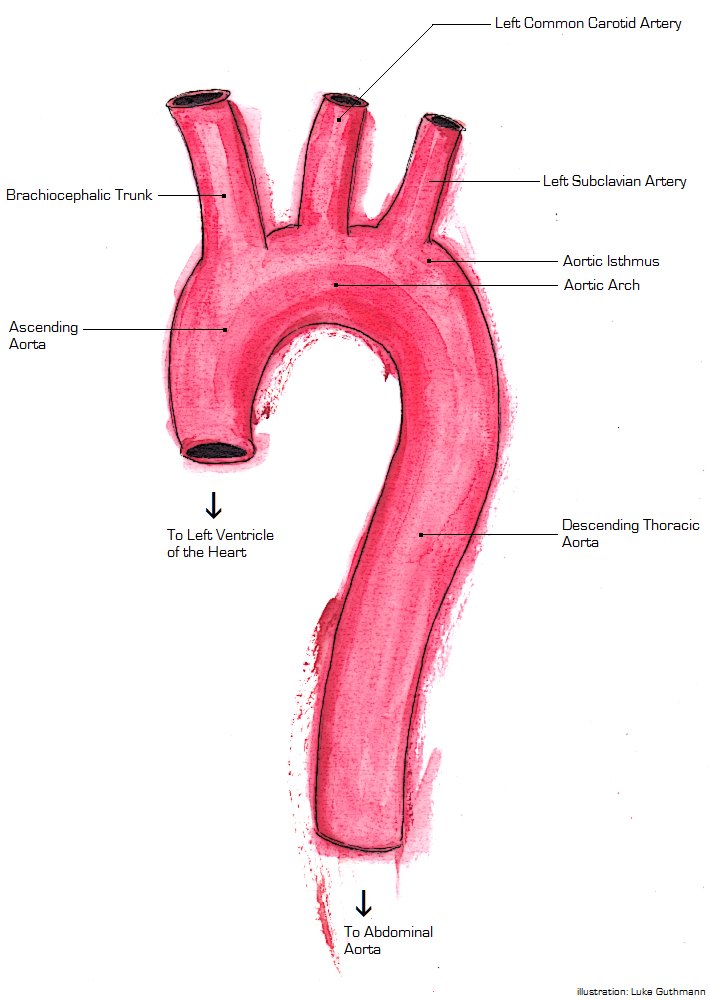
The aorta is the largest artery, with a diameter of around 2.5-3 cm at its root. It begins at the heart’s left ventricle and is divided into several sections: the ascending aorta, aortic arch, thoracic aorta, and abdominal aorta. It delivers oxygenated blood to almost every organ through its numerous branches. As the aorta descends through the chest and abdomen, it gives rise to smaller arteries that nourish vital organs like the kidneys, liver, and intestines.
Common Carotid Artery
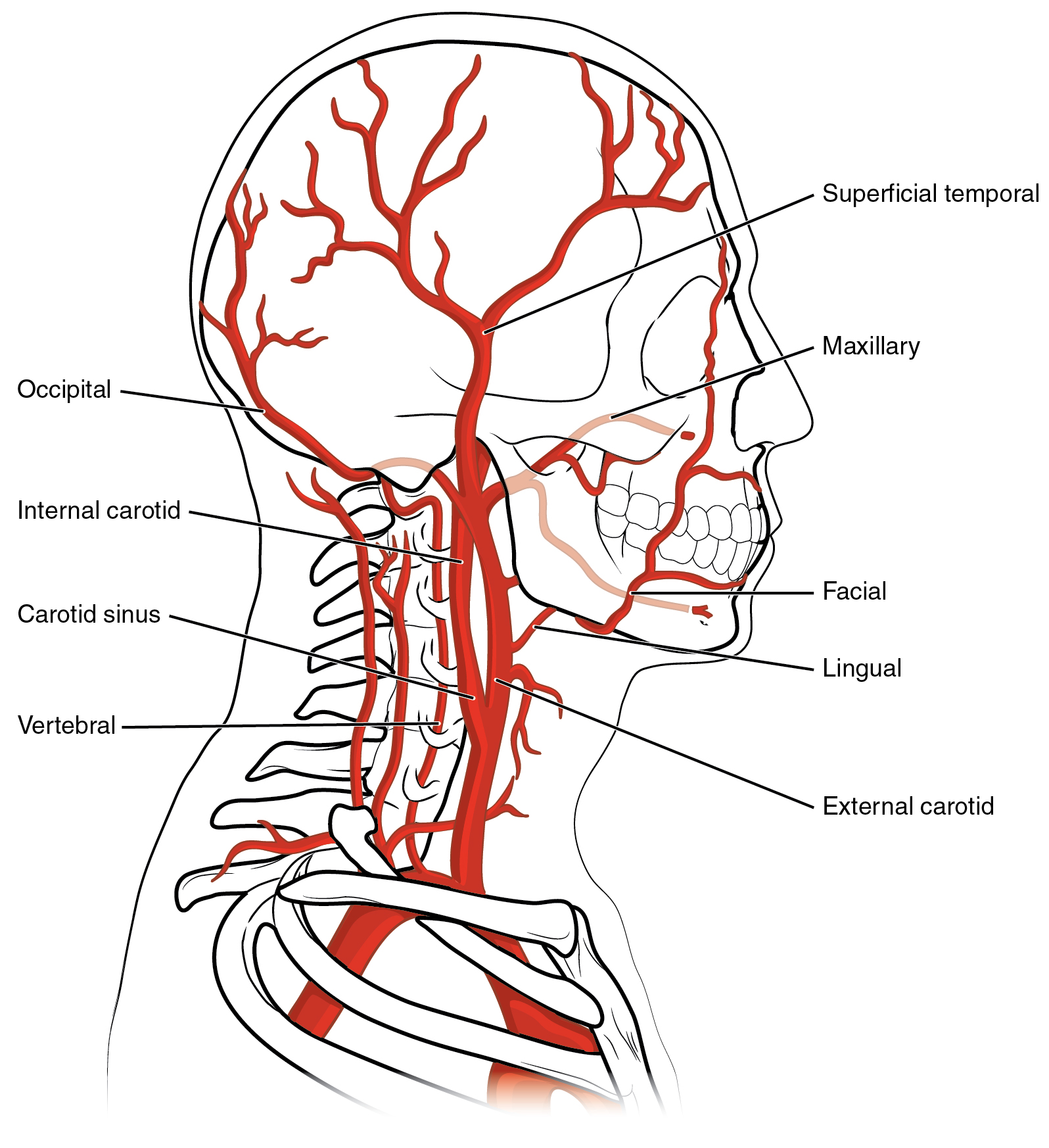
Located on both sides of the neck, the common carotid artery has a diameter of approximately 0.6-0.8 cm. It plays a crucial role in supplying blood to the brain, head, and neck. The artery divides into the internal carotid artery, which supplies the brain, and the external carotid artery, which nourishes the face and scalp. Its strategic position ensures the brain receives a consistent supply of oxygen, vital for maintaining cognitive function.
Subclavian Artery
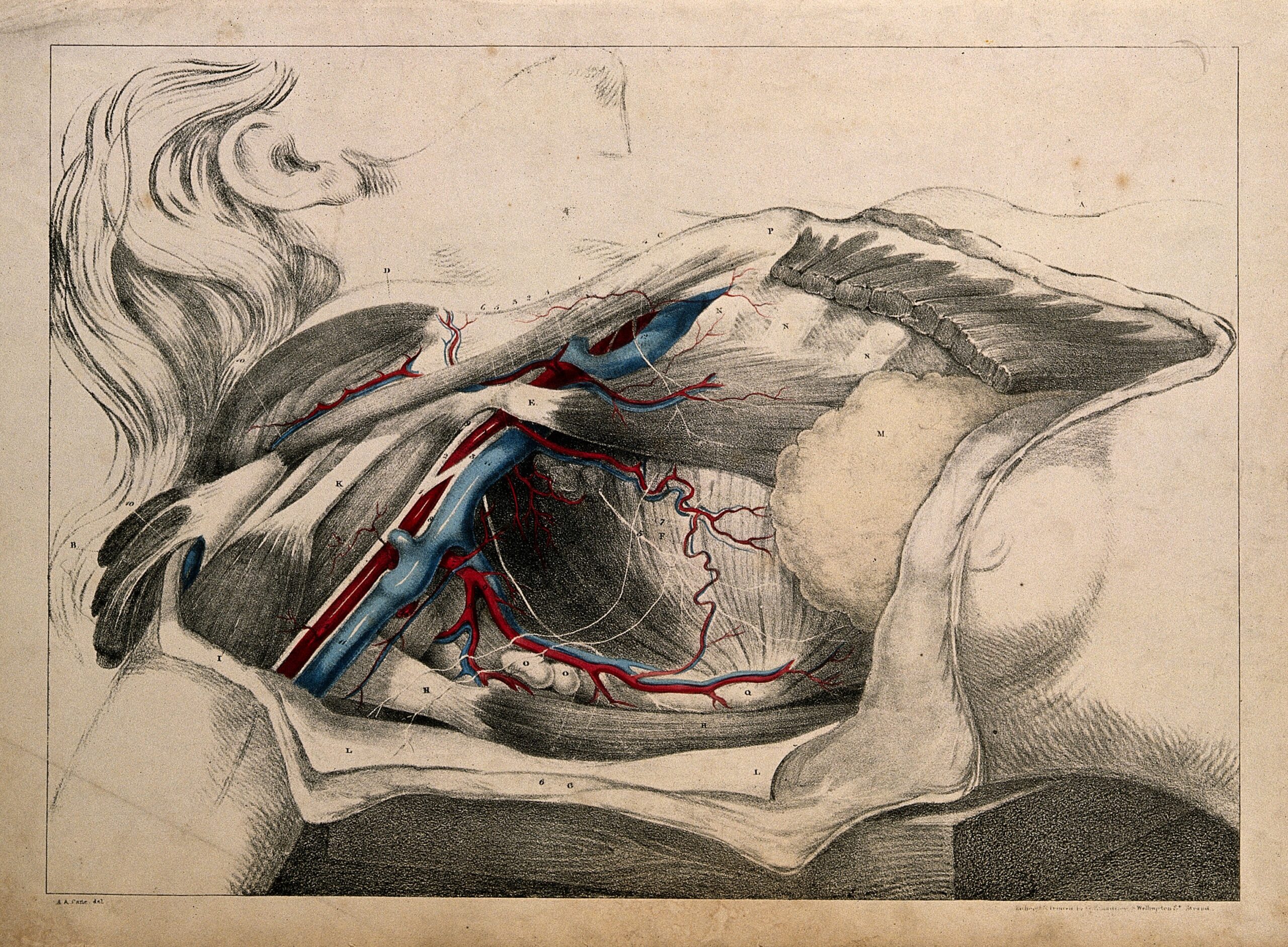
The subclavian artery, with a diameter ranging between 1-1.5 cm, is located beneath the collarbone. It serves the upper limbs, chest, and shoulders, providing oxygen-rich blood to these regions. This artery also gives rise to the vertebral artery, which helps supply blood to the brain and spinal cord. The subclavian artery extends to become the axillary artery as it moves toward the arms.
Axillary Artery
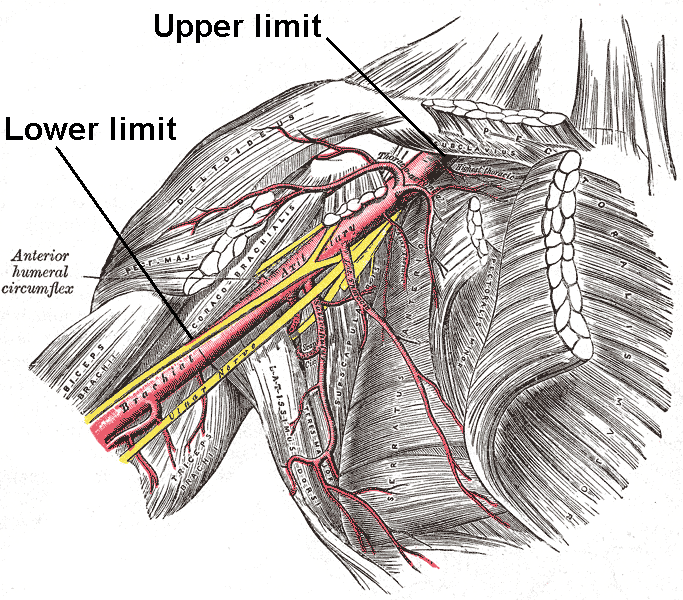
With a diameter of around 1-1.5 cm, the axillary artery is a continuation of the subclavian artery, located in the armpit region. It provides oxygenated blood to the upper arm, shoulder, and thorax. This artery supplies blood to key muscles like the deltoid and pectoral muscles, playing an important role in upper body movement and function.
Brachial Artery
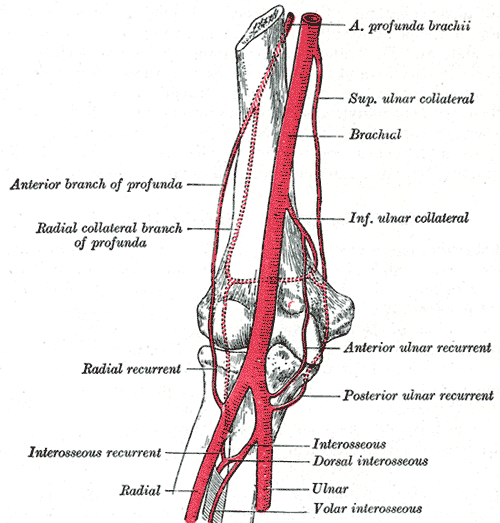
The brachial artery, measuring around 0.5-1 cm in diameter, runs along the upper arm and is the main supplier of blood to the arm’s muscles. It splits into the radial and ulnar arteries just below the elbow, ensuring that both the forearm and hand are well-supplied. Clinically, the brachial artery is important for measuring blood pressure, as it is easily accessible near the elbow.
Ulnar Artery
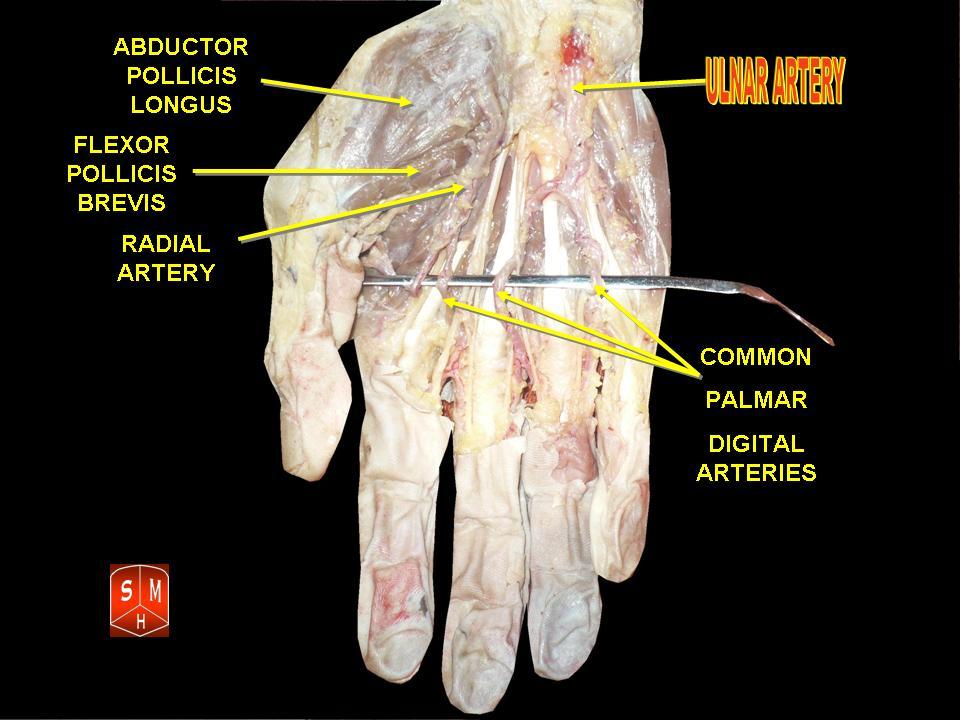
The ulnar artery, with a diameter of around 0.4-0.6 cm, is located on the inner side of the forearm. It provides oxygenated blood to the forearm and hand, playing a crucial role in maintaining hand circulation. Working together with the radial artery, it forms the superficial and deep palmar arches, ensuring efficient blood flow to the fingers and palm.
Thoracic Aorta
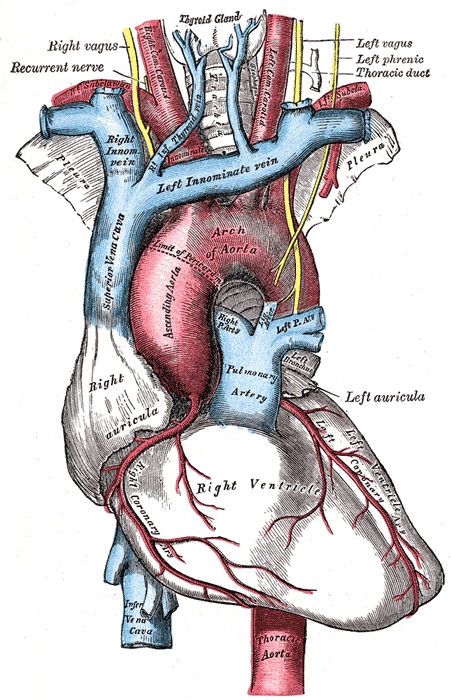
The thoracic aorta, part of the descending aorta, has a diameter of approximately 2-2.5 cm and extends from the aortic arch through the chest cavity. It supplies blood to the ribs, lungs, and esophagus. The artery’s large size allows it to maintain high-pressure blood flow to various branches in the thorax before continuing as the abdominal aorta.
Abdominal Aorta
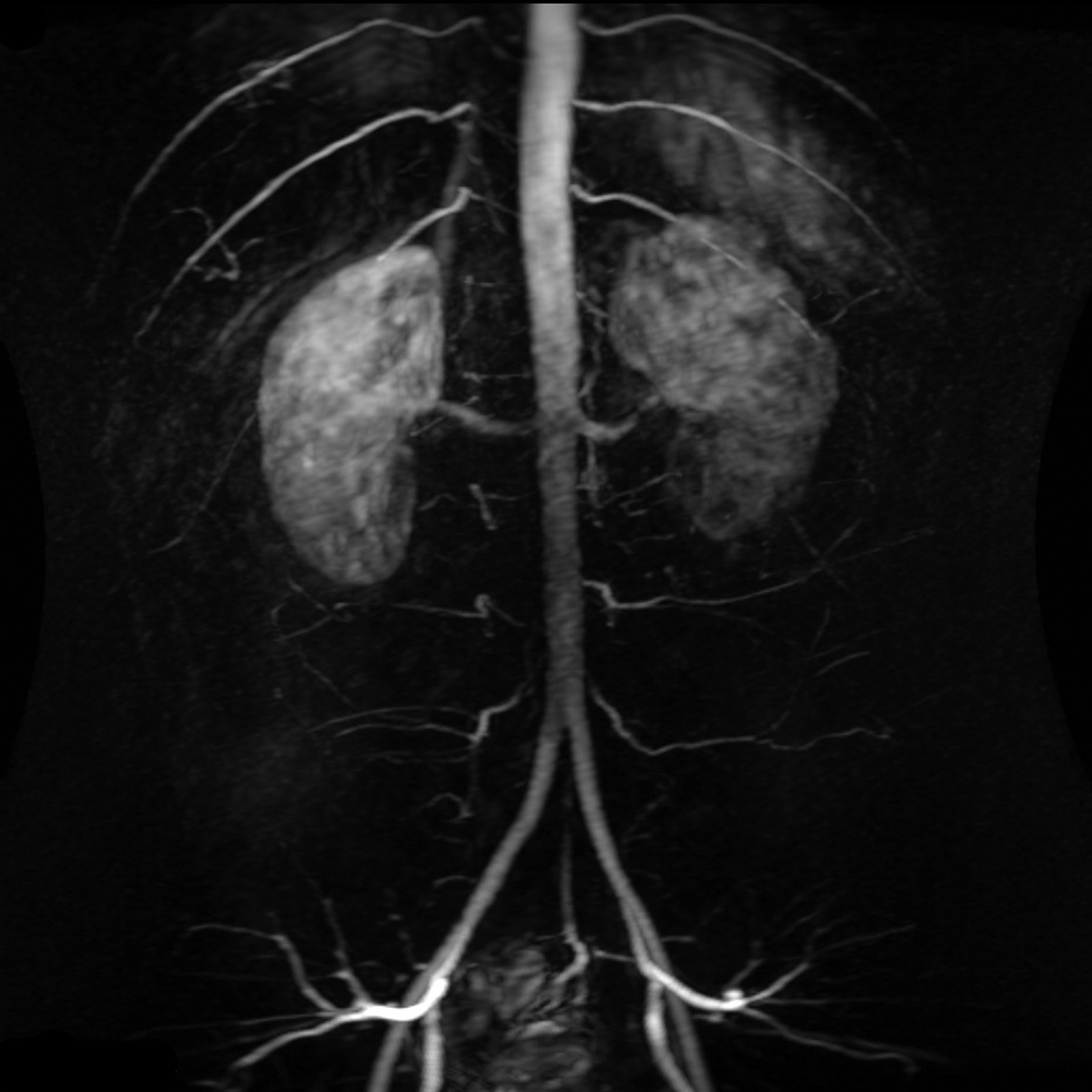
The abdominal aorta, with a diameter of 2-3 cm, runs through the abdomen and is the continuation of the thoracic aorta. It supplies blood to vital abdominal organs such as the liver, kidneys, stomach, and intestines. As it nears the pelvis, the abdominal aorta splits into the iliac arteries, which provide blood to the lower limbs. This artery plays a crucial role in maintaining circulation to many of the body’s essential organs.
This article originally appeared on Rarest.org.
More from Rarest.org
11 Unique Ceramics and Pottery That Command a Premium

Ceramics and pottery have long been appreciated for their craftsmanship, but certain pieces go beyond functional items and become true works of art. Read More.
15 Remote Mountain Ranges with Otherworldly Peaks

Mountains have long been symbols of awe and mystery, and some of the most remote ranges in the world take this to an entirely new level. Read More.
11 Fascinating Caves with Geological Formations Found Nowhere Else

Caves are some of the most fascinating natural wonders, shaped over millions of years by water, wind, and geological forces. Read More.
